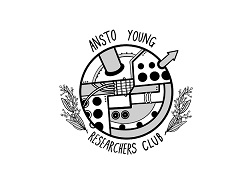Poster presentations:
All posters should be printed in A0 size (with approx. dimensions 841 x 1189 mm) and be in portrait orientation. You are free to print your poster on normal paper, gloss, or fabric (these are the most common poster finishes). The layout and design of the portrait is left to the discretion of the presenter, but the marking criteria for the poster session will loosely be based around the following:
- Clarity of research aims, methods and results.
- Flow of content in the poster.
- Efficient use of figures and text.
- Simplicity of how research is presented both on the poster and by the poster presenter.
Remember that posters are not an essay – having walls of text are not always inviting for people to read. Remember to introduce any abbreviations used as most people viewing your poster might not be experts in your research area. Think about how to design your poster so that you can easily and effectively present it to people clearly and relatively quickly (as this will be needed on the day). If you have any other questions, feel free to email one of the organisers.
Oral Presentations:
All presentations should be in 16:9 aspect ratio and be formatted to Microsoft Powerpoint or as a PDF. The presentations should go for 12 minutes, leaving 3 minutes for questions and for the next speaker to set-up. Remember that you are speaking to a general scientific audience, and therefore should introduce relevant concepts and avoid using excessive technical jargon. If you have embedded videos in your presentation, you will have an opportunity to check whether it works on the computer before your presentation time, but all presentations need to be transferred via USB to the desktop computer used in the conference room.

